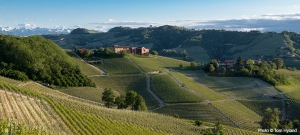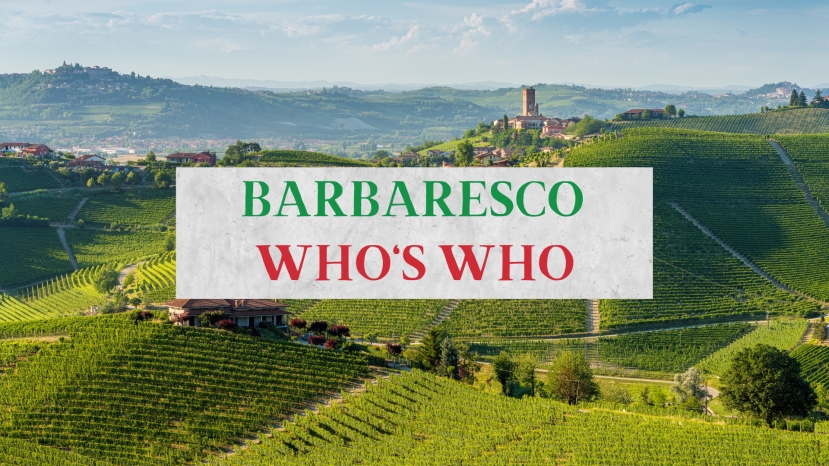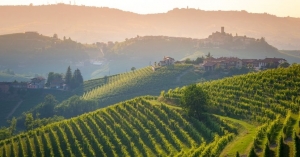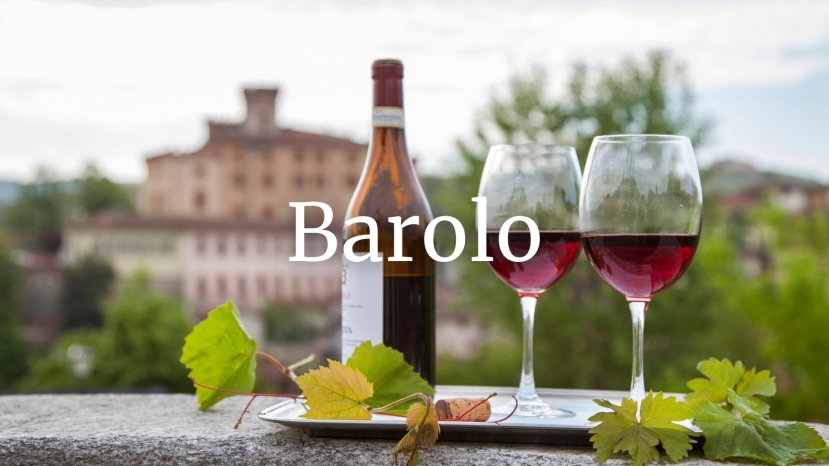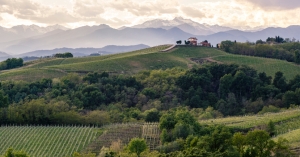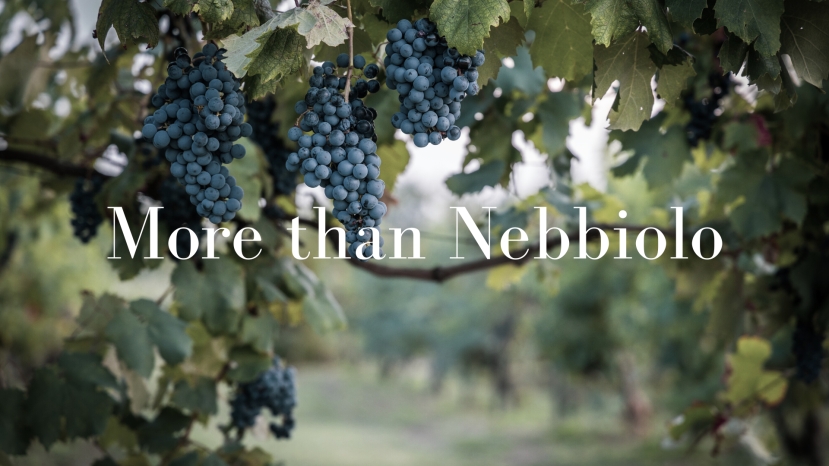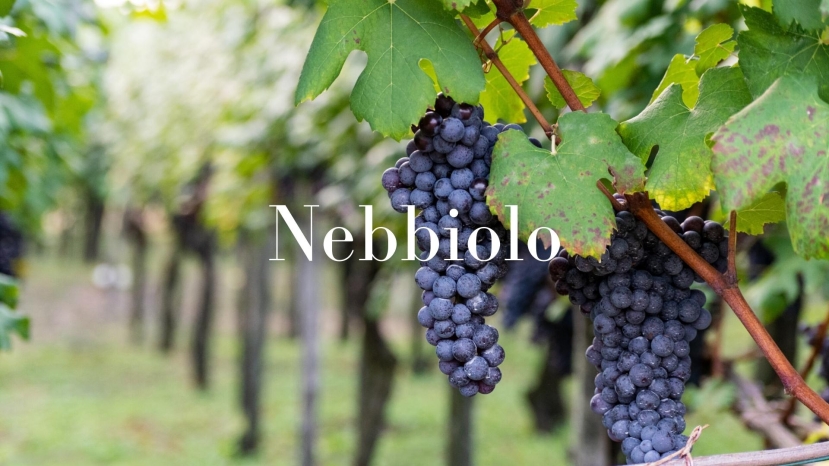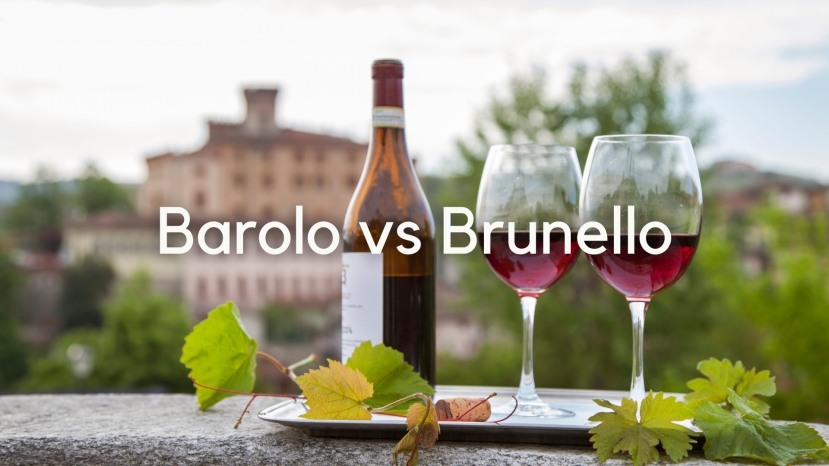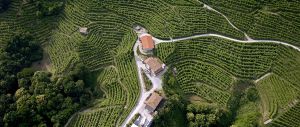BLOG
Piemonte
Any wine student or lover of Italian wines can name the country’s most famous red wines, such as Barolo, Brunello di Montalcino or Amarone della Valpolicella. But given the variety of Italian wines and grape types, it stands to reason that there are many more examples produced throughout the country. This article is the first in a series about a few of the lesser known red wines of Italy; we begin with Piemonte.
While there are three famous red varieties in Piemonte – Nebbiolo, Barbera and Dolcetto – there are several others that produce very expressive wines.
Thanks to a string of successful vintages, there has been a great deal of recent publicity regarding Barolo and Barbaresco wines.
Produced entirely from Nebbiolo, these two iconic wines have changed in style over the past 20-30 years; where once, the wines were reserved upon release, today, the wines are riper and more forward. This is largely due to climate change, as warmer temperatures throughout the growing season have necessitated Nebbiolo harvests some two to three weeks earlier these days than in the 1980s, ‘70s and prior; while late October to early November was normal for a Nebbiolo harvest thirty and forty years ago, today, harvest is more typically in early-mid October.
Summary:
Barbaresco is one of Italy's iconic reds, yet in Piemonte, while it tends to be treated with great respect, it rarely receives the attention it deserves, due to the fame of Barolo.
In this webinar, we will explore this wine in detail, looking at the three communes that comprise the production zone, to the winemaking styles of the finest producers, that vary from ultra
Apart from the Côte d’Or in Burgundy, perhaps no other wine territory has been dissected in greater detail than the Barolo zone. This makes perfect sense, as these are arguably the two most ideal representations of the concept of terroir; just as Pinot Noir from one village in Burgundy reveals different flavors than that of another nearby hamlet, so too offerings of Barolo from various communes often display diverse characteristics, despite the fact that every wine here is made exclusively from Nebbiolo.
There are 11 approved communes in the Barolo production zone. For this article, we will deal primarily with the five largest: La Morra, Serralunga d’Alba, Monforte d’Alba, Castiglione Falletto and Barolo itself. The remaining six are Cherasco, Diano d’Alba (interestingly, planted more to Dolcetto than Nebbiolo), Grinzane Cavour, Roddi, Verduno and Novello; these last two are home to two of the most in-demand vineyards in the entire zone: Monvigliero in Verduno and Ravera in Novello.
Summary:
The most celebrated examples of Barolo are among the finest examples of terroir anywhere in the wine world. Thanks to soil formations from millions of years ago, along with climatic conditions, Barolos from various communes can often vary greatly in style. Yet beyond the terroir of site-specific, there is also a human terroir at work, as enologists employ different techniques in their cellars.
The best-known wines of Piemonte, such as Barolo, Barbaresco, Roero Arneis and Moscato d’Asti are produced from grapes grown in the southern sector of the region; this includes the province of Cuneo and Asti, in districts such as the Langhe and Roero. But farther north, Alto Piemonte is a territory that is home to some of the region’s most complex, yet least understood wines. Gattinara, Boca and Ghemme are a few of these selections, and these days, greater attention is being paid to these wines and this relatively unknown viticultural outpost.
Summary:
Piedmont is most known for its Nebbiolo, Barbera and Dolcetto, the three core varieties that form the backbone of the Langhe, Piedmont’s most famous sub-region.
But a number of other exciting indigenous and qualitative varieties make up the region’s complex viticultural patchwork.
This webinar will focus on 4 lesser-known whites – Arneis,
Summary:
Nebbiolo is one of Italy’s greatest cultivars—if not the greatest, period. Historically, it has held a place of reverence. In the 15th century, damaging a Nebbiolo vine was punishable by death! Native to Piedmont and thriving in the Langhe, this grape is the consummate interpreter of “place.” Bold, brash, sophisticated or elegant, it manifests multiple personalities depending upon the
Summary:
When the humble, yet masterful British wine writer Harry Waugh was asked, when was the last time he had confused Bordeaux and Burgundy, he famously replied, “not since lunch.”
Ask a 21st century American wine scholar that question about Barolo and Brunello, and they may well respond “not since the last blind tasting.”
This Italian conundrum
Today, Veneto represents Italy’s most productive wine region and accounts for 25% of Italy’s total DOC/G wine production.


